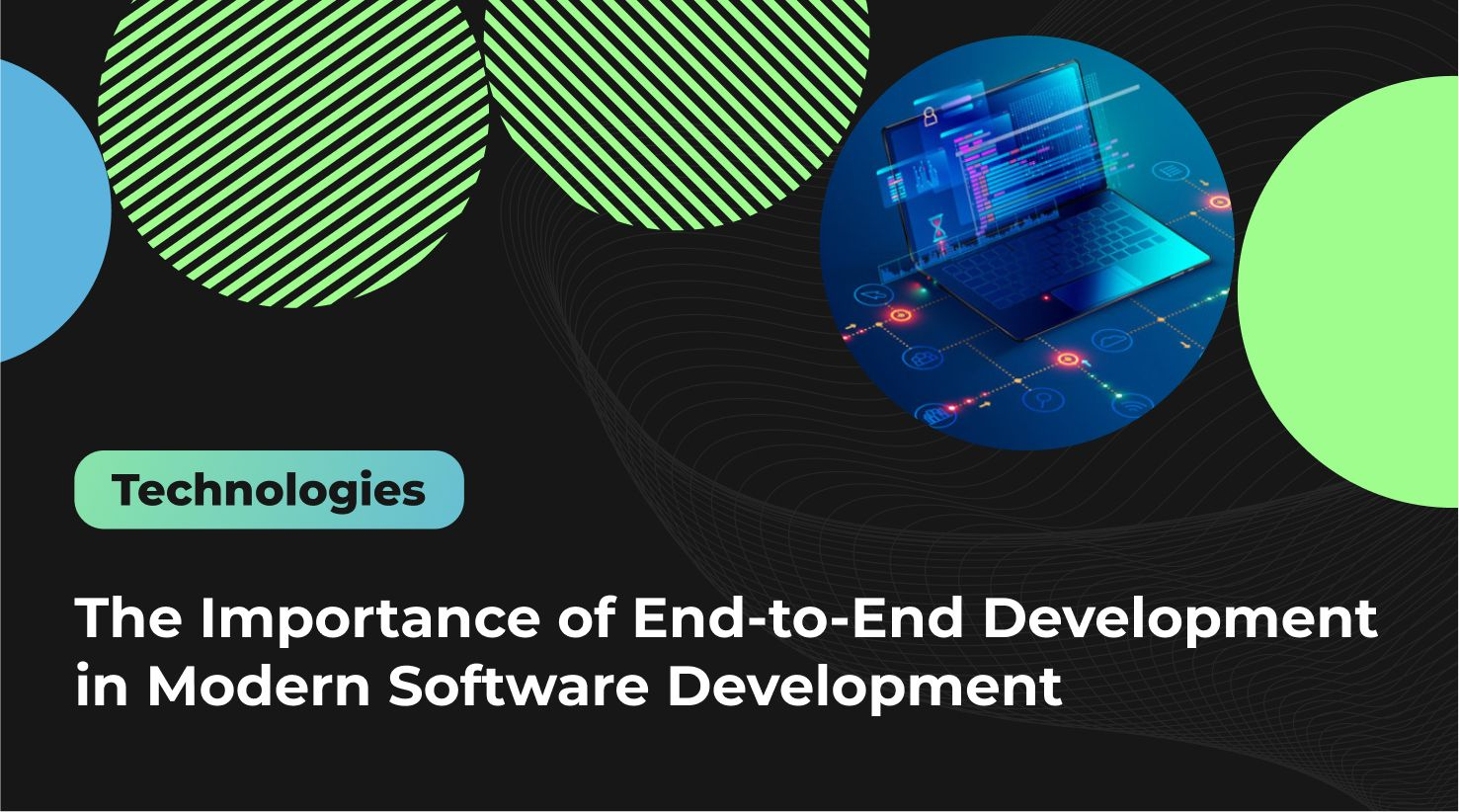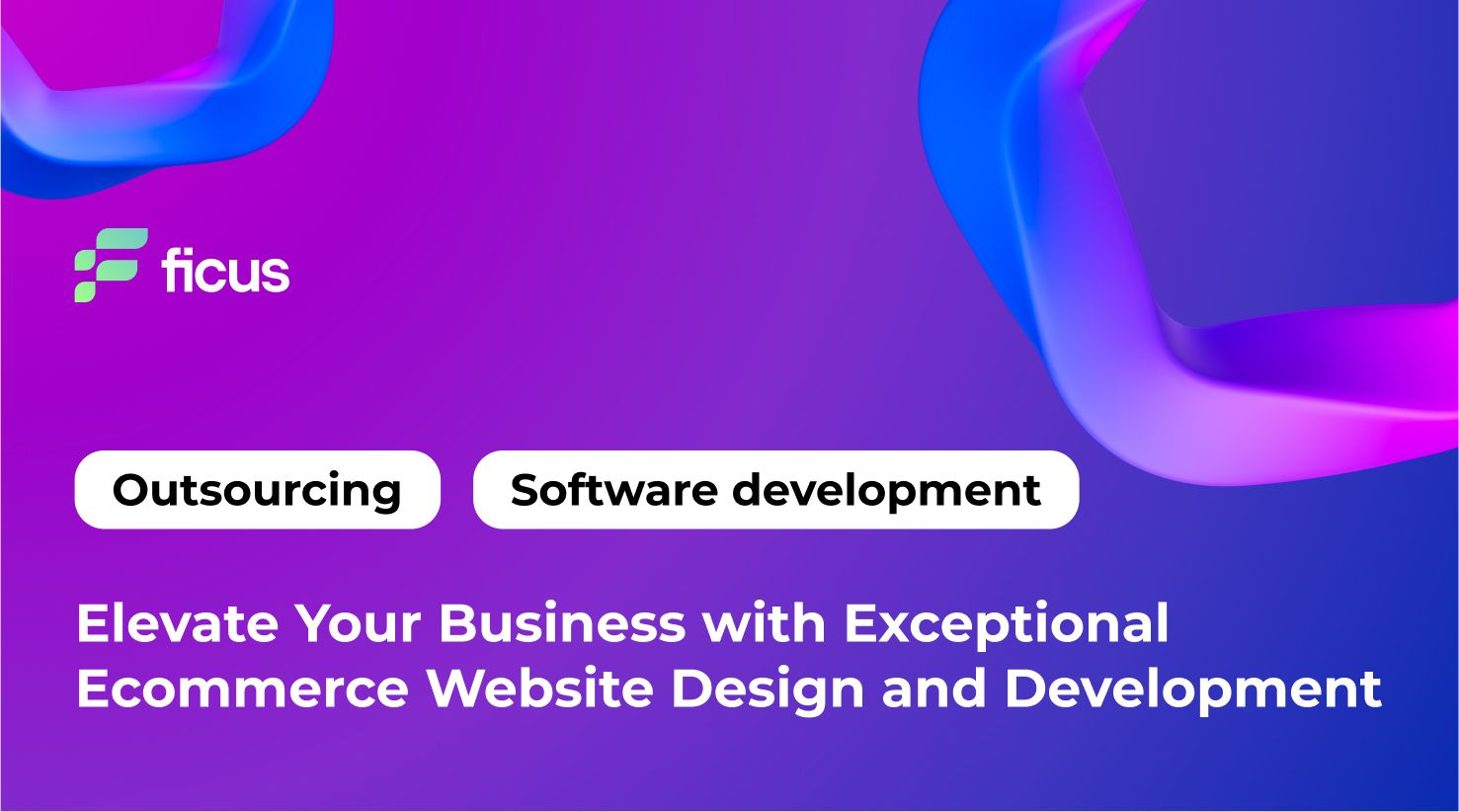Because the modern globe is continuously advancing and creating, as is company, the requirement of current software application development can not be overstated. A strong software program service is the foundation of every modern-day project’s success. Because of this, end-to-end product development is important, attending to all needs, from guaranteeing working and stability to enhancing customer engagement. Companies might entirely realize their perspective and remain ahead of the competition by hanging out and making money on this.
- End-to-end software development covers the entire product development process.
- Benefits include better user understanding, cost reduction, and faster time-to-market.
- Agile methods, coordination, and automation contribute to its popularity and efficiency.
What Is End-to-End Software Development?
End-to-end development meaning is the full procedure of establishing a software application service. It covers all actions, from concept and style to growth, screening, deployment, and maintenance. For example, consider developing a house, where each phase is crucial to making certain a solid structure and an operating end.
With end-to-end software development, you can streamline business tasks and produce brand-new customer experiences for your customers. So, if you intend to bring your software application concept to reality, you’ll require end-to-end advancement.
End-to-end development process
The following steps make up the end-to-end product development process:
- Requirements gathering: Establishing the individual demands and organizational needs that the software product must satisfy.
- Design: Develop a thorough plan and design of the item based on the gathered requirements.
- Web Development: Creating software application code and implementing item performance.
- Testing: Doing numerous sorts of examinations for quality control and mistake detection.
- Integration: Integrating specific parts and components right into a solitary product.
- Implementation: Setting up and configuring the item on target individual systems.
- Support and development: Supplying product assistance, upgrading, and boosting it according to new requirements.
The main advantages of end-to-end product development
- Deeper understanding of user needs
Such a method enables programmers to concentrate even more deeply on resolving the demands and needs of individuals, given that they are involved in all stages of development.
- Better coordination
All developers adhere to the same technique, which enhances efficiency and decreases danger. Therefore, coordination between various groups at various stages of advancement will certainly be boosted.
- Reduction of costs and time
End-to-end product development assists in decreasing the variety of errors and troubles in the product because they are identified and fixed at an early stage. This makes it possible to enhance the effectiveness of development and decrease the costs of additional improvements.
- Higher product quality
A deep understanding of customer requirements and needs is the basis of end-to-end development. It assists in producing a better product that meets their expectations.
What is the importance of End-to-End Development in Modern Software Development?
The value of end-to-end software development is massive in the modern world, as software application is rapidly becoming a required part of life and business. Product market success and client pleasure can only be assured with end-to-end product design. There are convincing arguments for why end-to-end software development advancement is vital to producing modern software programs.
- Addressing actual issues
End-to-end development means developing an item that satisfies the demands and resolves customer problems. Furthermore, this approach helps the product to be the item that is a lot more effective and lucrative.
- Maximum business advantage
End-to-end product development makes it feasible to guarantee that software not only satisfies user needs but also provides real business advantages. Businesses may utilize assets more viably, draw in more clients, and become more competitive.
- Speeding up the product’s introduction to the market
Next, end-to-end software development advancement accelerates time to market and lowers item growth time. The product can be released faster and more accurately thanks to the coordinated initiatives of several groups.
- Increased competition
Additionally, end-to-end product design raises a business’s competition in the marketplace. They can maintain existing customers and reel in new ones since their items are much more user-friendly and of greater high quality.
Looking for a development team for your project?
Contact UsHow does End-to-End Development differ from traditional or partial development approaches?
You can discover some options on how end-to-end product design varies from a standard development approach. To start with, end-to-end advancement covers the whole process, from principle to deployment, while conventional growth might focus just on a number of phases or components.
Second, Agile strategies are often utilized in end-to-end development, allowing for adaptability and flexibility at each procedure stage. Such iterations enable faster feedback and modifications and cause an extra responsive and user-centric final product. End-to-end development usually provides a more streamlined and integrated approach to development. Because of this, you will certainly obtain a premium and a much more effective final result.
Why is End-to-End Development gaining popularity in modern software development practices?
As a result of many benefits, end-to-end product design is becoming increasingly prominent, and, furthermore, it is the fad of contemporary software program development. The main reason is that this advancement technique ensures a smooth and reliable job process.
Additionally, end-to-end product design improves overall group efficiency and promotes a sense of ownership and obligation. This directly influences the renovation of product quality and reliability.
End-to-end development consists of fast iterations. Developers can quickly recognize and deal with any type of flaws by constantly testing and boosting the software program at every phase, making certain a user-centric and receptive option.
In what ways does end-to-end Development facilitate faster delivery and time-to-market for software products?
End-to-end software development growth enables faster implementation and minimized time to market. This approach allows various groups to team up: developers, testers, and operations designers. This helps them decrease interaction delays.
Furthermore, end-to-end development likewise opens the door for automation and standardization of processes, permitting you to accelerate manufacturing while keeping consistent quality at any stage of advancement.
As you can see, complex software application options are preferred because of a number of reasons discussed above. And we at Ficus Technologies understand the value of company growth, scaling, and improvement like no other. For that reason, our end-to-end development services have reached the level where we can precisely give the client the unique option he requires. So do grow together with Ficus Technologies.
End-to-End Development ensures a comprehensive understanding of user needs, enabling developers to focus on creating solutions that genuinely address user requirements. The coordinated approach fosters better team coordination, reducing errors and enhancing product quality. By detecting and fixing issues early in the development process, this methodology results in a higher-quality product that aligns with user expectations.
Agile methodology is integral to End-to-End Development, providing flexibility and adaptability throughout the entire development process. It enables quick iterations, allowing for faster feedback and revisions. The iterative nature of Agile in End-to-End Development contributes to a more responsive and user-centric final product, ultimately speeding up the delivery and time-to-market for software solutions.









An insightful article that underscores the vital role of end-to-end software development in modern software creation. It delves into the benefits, including cost reduction and faster time-to-market, while explaining how this approach differs from traditional methods. A great resource for businesses and developers seeking efficient development processes.
This article brilliantly explains why end-to-end software development is crucial in the modern tech landscape. It outlines the entire development process, from concept to maintenance, emphasizing a deep understanding of user needs and better coordination between teams. It is a must-read for both developers and businesses.